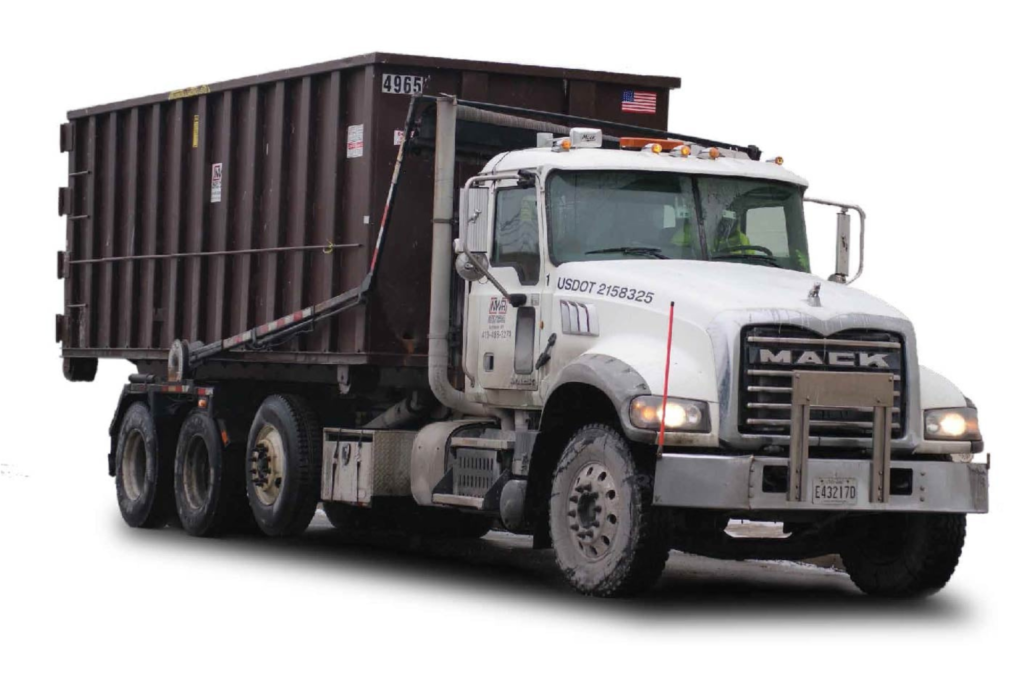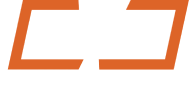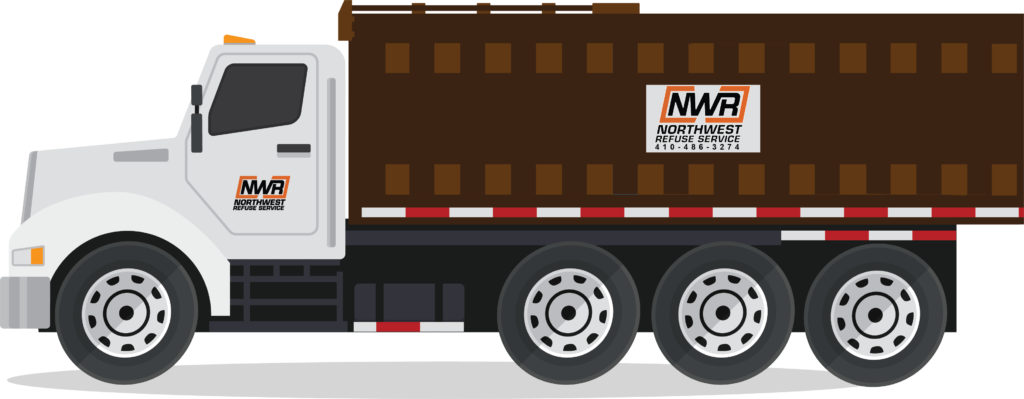Renting a roll-off dumpster can be a great solution for handling waste from home renovations, construction projects, or cleanouts. However, maximizing the space inside your dumpster is essential to avoid overages, reduce costs, and make sure everything fits. Here’s a step-by-step guide on how to properly load a roll-off dumpster rental to make the most of your space.
1. Choose the Right Dumpster Size
Before loading your roll-off dumpster, the first step is to make sure you’ve chosen the right size for your project. Selecting a dumpster that’s too small could lead to needing a second one, while an oversized dumpster could mean you’re paying for more space than you need.
Common Dumpster Sizes:
- 10-Yard Dumpster: Great for small projects, like garage cleanouts or minor renovations.
- 20-Yard Dumpster: Ideal for medium-sized projects like roofing or flooring removal.
- 30-Yard Dumpster: Best for larger projects like full home remodels or construction jobs.
- 40-Yard Dumpster: Perfect for large-scale demolition or major construction work.
2. Break Down Large Items
To maximize space in your roll-off dumpster, break down larger items before loading them. Furniture, large boxes, and construction materials take up a lot of room if left in their original form. Disassemble bulky items to fit more into the dumpster.
Examples of Items to Break Down:
- Furniture: Take apart chairs, couches, and tables.
- Cardboard Boxes: Flatten boxes to reduce their size.
- Wood and Metal Scraps: Cut or break these materials into smaller pieces.
Breaking down larger items ensures you have more space for other waste materials and allows you to pack the dumpster more efficiently.
3. Load Heavy Items First
When loading your dumpster, always place the heaviest and bulkiest items at the bottom. This creates a stable base and prevents lighter items from being crushed.
Examples of Heavy Items:
- Appliances: Dishwashers, stoves, and refrigerators.
- Construction Debris: Concrete, bricks, and large pieces of wood.
- Large Furniture: Couches, tables, and dressers.
By placing heavy items at the bottom, you create a more stable load that’s easier to manage and prevents smaller items from being damaged.

4. Distribute Weight Evenly
To avoid tipping or overloading one side of the dumpster, it’s important to distribute the weight of the items you’re loading evenly. Uneven weight distribution can make it harder for the rental company to transport the dumpster and could result in additional charges.
Tips for Even Weight Distribution:
- Alternate Heavy and Light Items: Place heavier items on one side and then balance them with lighter items on the other.
- Fill Corners: Make sure the corners are filled evenly to maximize space.
- Avoid Stacking Too High on One Side: Keep the load level throughout the process.
Distributing weight evenly helps ensure the safe transportation of your dumpster and prevents additional fees for improper loading.
5. Fill in Gaps and Spaces
Once you’ve placed the larger and heavier items in the dumpster, use smaller materials to fill in the gaps. This method ensures that you’re making the most of the available space and preventing voids that could have been used for more waste.
Items to Use for Filling Gaps:
- Small Debris: Bits of wood, metal scraps, and small pieces of construction waste.
- Cardboard and Packaging: Crumpled paper and packing materials.
- Soft Items: Cushions, linens, or insulation materials.
Filling gaps not only maximizes space but also helps prevent items from shifting during transport.
6. Avoid Overloading the Dumpster
Although it may be tempting to load your dumpster to the brim, avoid overloading it. Exceeding the fill line can result in extra fees and prevent the rental company from safely hauling the dumpster away.
Tips to Prevent Overloading:
- Stay Below the Fill Line: Most dumpsters have a clear fill line that indicates the maximum level for waste.
- Check Local Regulations: Some areas have rules about the maximum weight or volume allowed in dumpsters.
- Plan for Multiple Loads: If you’re tackling a large project, consider renting a second dumpster rather than trying to squeeze everything into one.
Keeping your load below the fill line ensures compliance with local regulations and avoids additional charges.
7. Know What Not to Put in the Dumpster
To maximize space and avoid fines or extra fees, it’s important to know what items are not allowed in a roll-off dumpster. Hazardous materials, certain electronics, and appliances may need special disposal methods.
Common Prohibited Items:
- Hazardous Materials: Chemicals, asbestos, and flammable liquids.
- Electronics: TVs, computers, and batteries.
- Appliances with Freon: Refrigerators and air conditioning units.
Consult your roll-off dumpster rental company to get a full list of items that are prohibited from being placed in the dumpster. By keeping these items out, you avoid penalties and ensure the safety of the hauling process.
Conclusion
A trusted roll-off dumpster requires a bit of planning, but by following these tips—choosing the right size, breaking down large items, loading heavy items first, distributing weight evenly, filling in gaps, avoiding overloading, and knowing what not to include—you can maximize the space and minimize costs. Properly loaded dumpsters ensure safe transportation and prevent costly fees.


